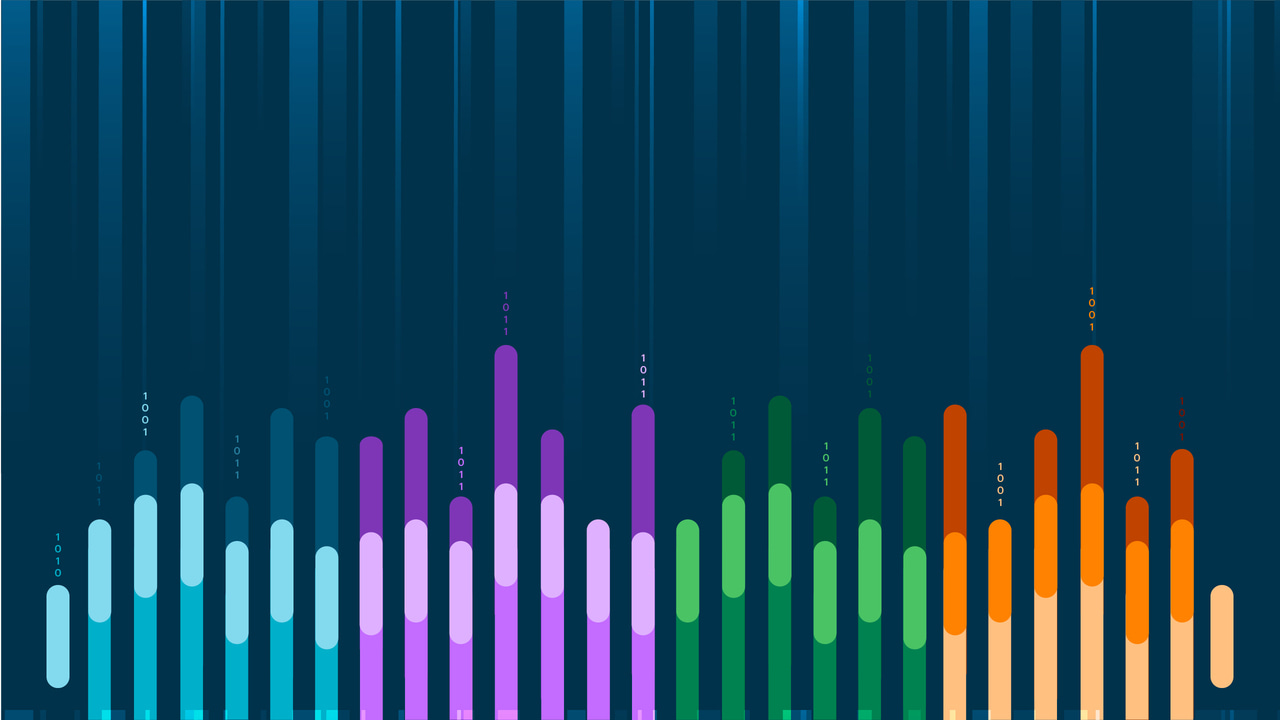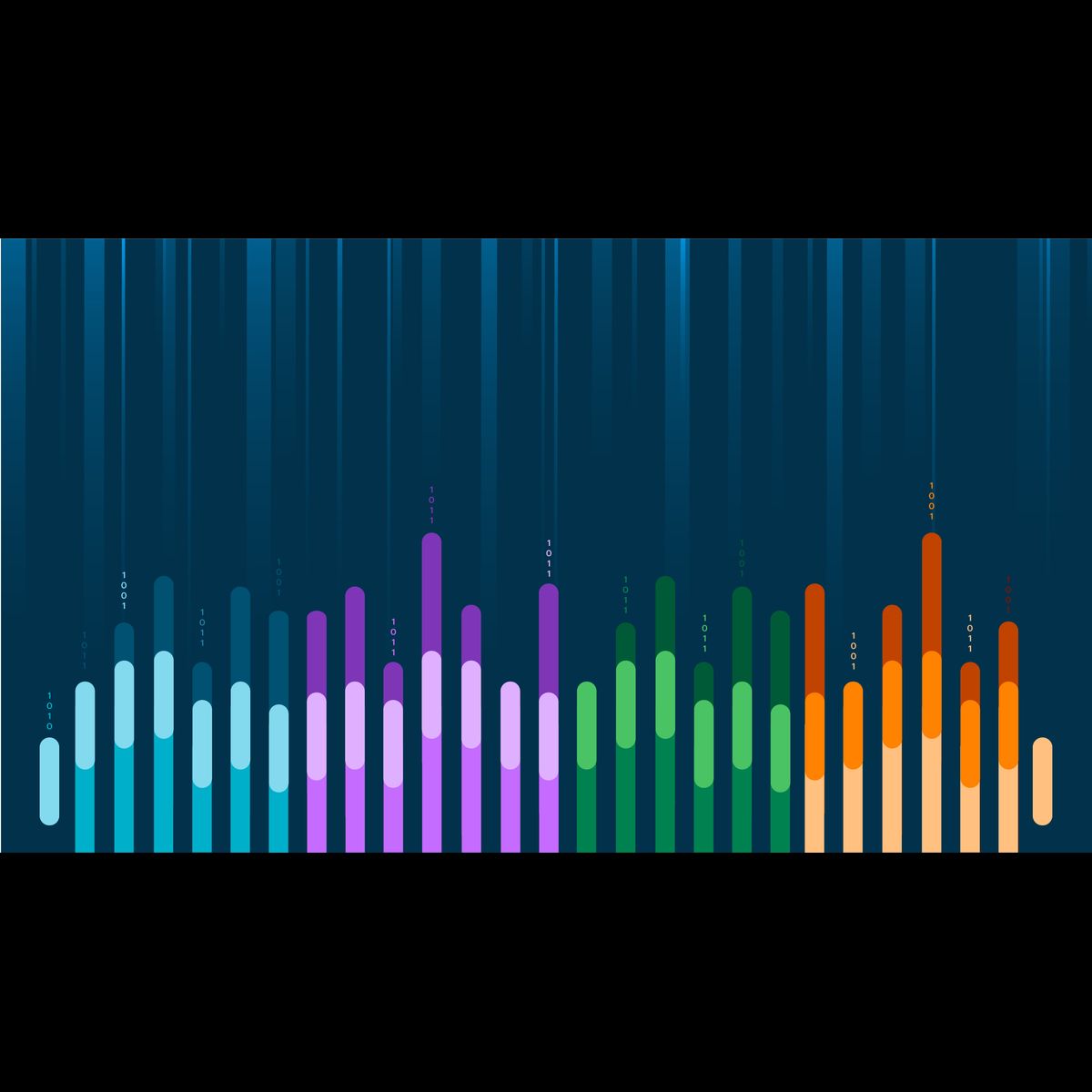What 11,000 researchers said about null results — and why it matters
Published in Healthcare & Nursing, Astronomy, and Social Sciences

Explore the Research

The state of null results white paper
Insights from 11,000 researchers on negative or inconclusive results
Falsifying hypotheses, and identifying and understanding flawed experimental design, are essential parts of the scientific process; and reporting null results contributes to both.
An overwhelming 98% of surveyed researchers recognise the value of negative or null data, defined as an outcome that does not confirm the desired hypothesis, yet we see very few such data actually published. To fully understand a topic, advance the pace of discovery by removing redundancy in researcher time and effort as well as make the best use of public research funds, we believe researchers need access to both positive and “negative” data. We wanted to better understand researcher perception, experiences and behaviour regarding the sharing of null research, to help understand the gap between intent and action.
So: At the end of 2024, Springer Nature surveyed over 11,000 researchers about their opinions on using, and publishing, null results. The outcome: A comprehensive White Paper, The State of Null Results, presenting a thorough analysis of this survey’s results.
Among the findings: A stark mis-match between the value researchers place on having access to others’ null results, and their own willingness or ability to publish their own. 85% of respondents believe that sharing null results is important, yet only 68% of those who’ve generated null results have shared them in some form, with only 30% having submitted those results to a journal.
The State of Null Results goes beyond just this top level, and looks in depth at researchers’ current practices, the challenges they identify, and their intentions. Helpfully, a thorough analysis of these responses does actually identify clear suggestions for what we, as a research community (including also publishers, institutions, and funders) might do to address this gap.
Here are some top-line findings from the survey.
Survey findings
Key findings include that 98% of researchers recognise the benefits of sharing null results — and those that have published such data found they had inspired new hypotheses, increased research transparency, and prevented unnecessary duplicate research.
Null results are relatively common, with 53% saying that they have obtained null results, and 41% reporting that at least one project in the last three years generated null results. But, that said, only a little more than 2/3 (68%) of that group reported sharing these results.
Barriers to sharing these results include concerns that journals will reject manuscripts reporting null results, and that researchers are unaware of which journals might publish null results.
And, interestingly but not surprisingly, those who said sharing null results is important are the most likely to say that they expect to write a journal article based on null results in the near future.
Recommendations
The gap between what researchers would value, and what they actually do, suggest some courses of action that the community as a whole might take. For example:
- Educating others about the importance of sharing of null results in a global research landscape.
- Editors and publishers clearly communicating journal policies on the publication of null results.
- Institutions recognising the value of null research as part of their researcher assessment processes
- Funding bodies supporting publication fees for the open access publishing of null results.
In conclusion…
I’ve shared here just a few top-line details of what you’ll find in The State of Null Results. The White Paper itself goes into much more detail, and also includes a copy of the survey itself as well as the source data.
Null results clearly have value for research — which researchers recognise. This means that as a research community, we should take steps to normalise and support reporting them. There are steps every stakeholder, from institutions to funders to editor and publishers, can take to help make this a reality. We’ve done it before — whether that’s transitioning to OA, looking at new models for peer review — and there is more that we can all do to support publishing this form of research.




Please sign in or register for FREE
If you are a registered user on Research Communities by Springer Nature, please sign in
I have an experience that may somewhat belong to the "non-expected" null research. I introduced the linear expansion model through the fundamental length calibration of "Gauge blocks.". I introduced both the original model form and the approximation. It was expected to find some impactful differences between the lengths output from them. But instead, I found trivial differences, although I used highly tolerated inputs for the two model forms.
Although the large number of analyses, when I submitted the manuscript to a highly evaluated journal, I received a negative answer. So, I decided to alter the objective from getting the null hypothesis to a comparative study between the forms. I would like to share my experiment with you. I hope it may be useful